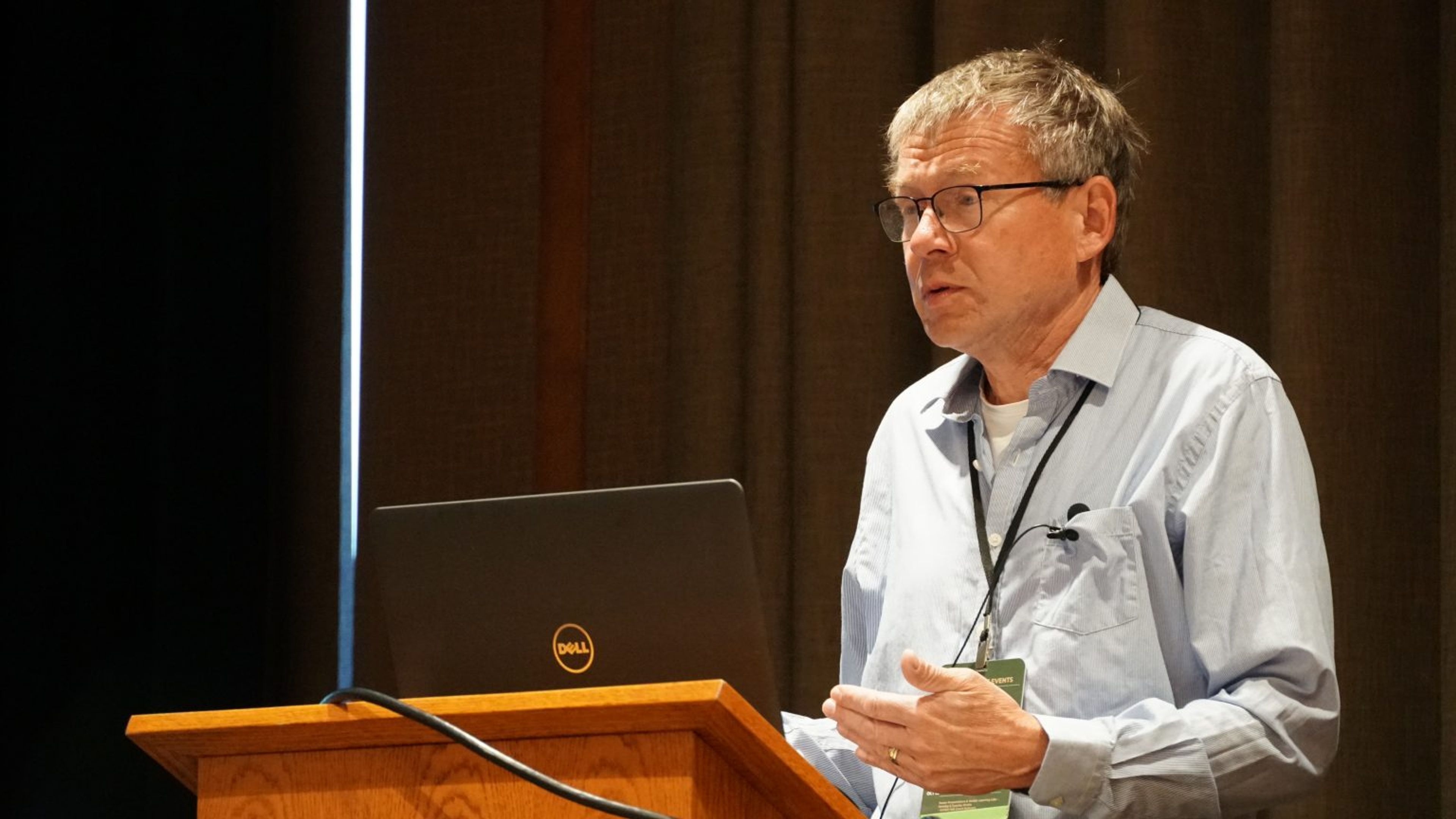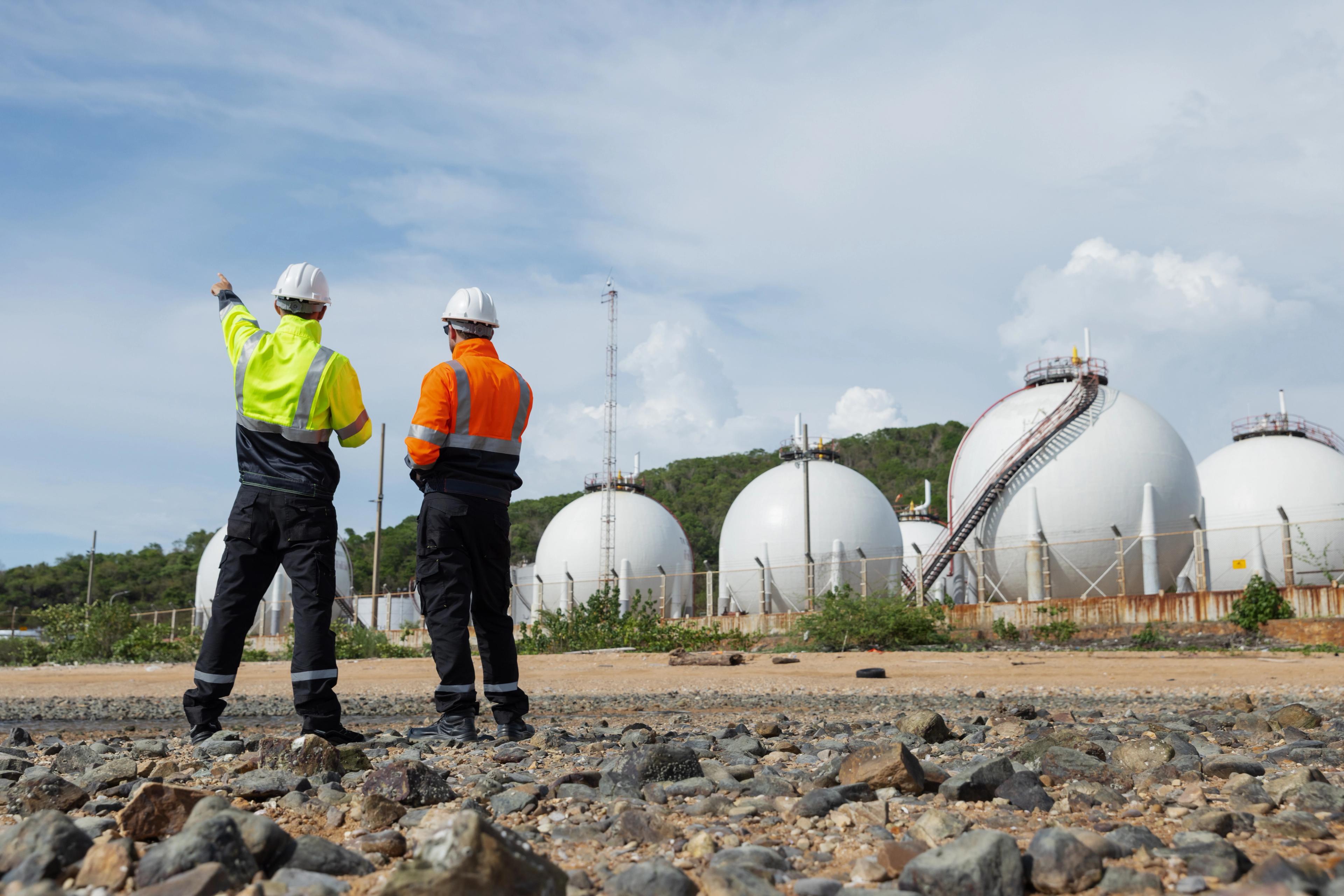

Radonova Presents Radon Industry Research at the International Radon & Vapor Intrusion Symposium
Radonova recently attended the American Association of Radon Scientists and Technologists (AARST) International Radon and Vapor Intrusion Symposium in Bellevue, Washington. The symposium featured policy and legislative updates, research reports, expert presentations as well as hundreds of attendees with a focus on the event theme, “Growing our voice, saving our lives.” Dr. Tryggve Rönnqvist, Technical Manager for Radonova Laboratories, presented two programs at the symposium.
Importance of Measuring Radon Levels Above Ground According to the International Radon & Vapor Intrusion Symposium
Dr. Rönnqvist’s presentation “Radon Measurements on Higher Floors” presented data that confirms radon levels should be measured on floors above basements and ground floors in multi-family buildings to prevent missing high radon levels in the buildings.
Basements and ground floors are typically the focus of radon measurement because they are at the highest risk of elevated radon levels. In the study, it was revealed that high radon levels (above 200 Bq/m3 or 5.4 pCi/L) would have been missed in 15-20% of Swedish multi-family houses with basements if radon levels were not measured on floors above the ground floor (see Table 1 below). Additionally, high radon levels in 5-10% of multi-family houses with slab on grade foundations would not have been discovered if radon levels had not been measured on floors above the ground floor.
| Foundation | Measured multi-family buildings | Only values above 5.4 pCi/l (200 Bq/m3) on floors above the ground floor | Only values above 5.4 pCi/l (200 Bq/m3) on the ground floor |
| All | 326 | 17% | 64% |
| Basement | 169 | 20% | 58% |
| Basement (5 or more measurements on the ground floor) | 63 | 16% | 60% |
| Slab on grade | 124 | 7% | 71% |
Table 1: Radon levels above the reference levels only on specific floors in Swedish multi-family buildings without “blue concrete” (a radon emitting building material)
The International Radon & Vapor Intrusion Symposium Explains How to Use Sealed Bags After Exposure
A second presentation provided by Dr. Rönnqvist entitled “Radon Adsorption in Plastic – a Source of Error” investigated the effect of radon adsorption in alpha track radon detector holder plastic. Adsorption is the adhesion of atoms, ions or molecules from a gas, liquid or dissolved solid to a surface.
A common practice has been to enclose radon detectors in radon-proof bags following the exposure testing period for transport back to the laboratory for measurement. A previous study in 2018/2019 revealed that this practice can lead to overestimating the radon levels in the Radonova Radktrak2 detector by as much as 25% due to radon becoming adsorbed within the detector holder plastic.
In 2021 the study was expanded to include testing additional Radonova passive radon detectors in more detail – the Radtrak2, Radtrak Rapidos and Duotrak. The detectors were exposed in a radon chamber of Radonova in which the radon concentration was monitored by a calibrated AlphaGuard instrument. The detectors were exposed 09/06/2021 to 09/09/2021 with a total exposure of 456 kBqh/m3 (513 pCi*days/l). After 28 hours of outgassing, the detectors were individually put in small radon-proof bags and evaluated for 3 days, 7 days, 11 days and 22 days after the end of the exposure (see Table 2). These results were compared with the results for detectors not put in sealed bags. All detectors were manufactured from the same batch of CR-39 plastic.
There is a noticeably large increase in exposure between day 11 and 22. This indicates outgassing of adsorbed radon is a rather slow process. The Rapidos and Duotrak detectors have larger air volumes which decreases the radon adsorption effect.
| Group | Radtrak2 | Radtrak3 | Rapidos | Duotrak-OFF |
| 3 days - sealed bag | 0.0% | 2.9% | 1.3% | 2.8% |
| 7 days - sealed bag | 5.6% | 8.3% | 2.4% | 8.5% |
| 11 days - sealed bag | 7.4% | 7.7% | 6.0% | 8.9% |
| 22 days - sealed bag | 16.4% | 20.2% | 12.7% | 13.8% |
Table 2: Additional exposure due to radon adsorption in the detector holder plastic depending on storage time in sealed bags
The conclusion is that radon detectors should never be put in sealed bags after calibration or intercomparison exposures or other types of short-term exposures. It is better to return the detectors in unsealed bags together with transit detectors. The study also highlights the importance of QA/QC measurements and using spike detectors. This radon adsorption problem would not have been discovered without intercomparison and performance tests.
Radon is a harmful gas
Radon is a radioactive gas that leaks into homes and buildings from the ground and in some cases comes from building materials. Depending on the ground under a home or the type of building structure, harmful high concentrations of radon can occur. Radon is the second most common cause of lung cancer after smoking. It is the number one cause of lung cancer in people who have never smoked. Globally, an estimated 230,000 people suffer from lung cancer each year as a result of long-term exposure to radon.
Click here to stay informed about radon industry news and product discounts.
Published
November 08, 2022





